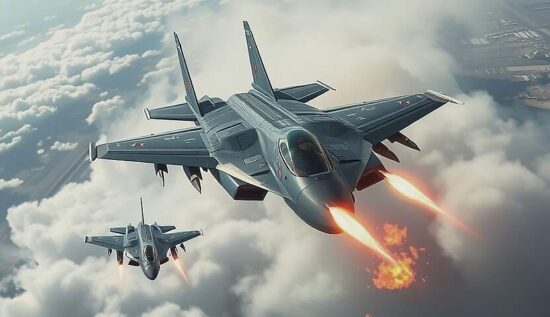Aero-India, a biennial exhibition showcasing the latest military technologies, has concluded in Bengaluru, India. The event, which took place from February 10 to 14, saw the participation of international defense companies, showcasing their latest products and services.
This year, the highlight of the show was the anticipated display of Russia’s latest fighter jet, the Su-57 “Felon”, which was pitted against the US-made F-35 “Lightning II”. The Su-57, with its unique vector thrust system, demonstrated its exceptional flight capabilities, leaving onlookers in awe. In contrast, the F-35, plagued by software issues and construction flaws, failed to impress.
Russia has a long history of being India’s largest arms supplier and this has remained the case to date. However, India has been increasingly diversifying its military imports, purchasing from Western countries like France, Israel and the UK, as well as from Russia. Despite efforts, US defense companies have yet to make a significant inroad in the Indian market.
The absence of a dynamic flight demonstration by the F-35 at the Aero-India exhibition has sparked speculation about the reasons behind this decision. Some have attributed it to concerns that the Su-57’s systems could compromise the F-35’s performance, while others have suggested that the US company simply did not want to risk the F-35’s reputation being tarnished by a poor performance.
The debate over the modernization of India’s air force continues, with the country weighing the option of continuing its tradition of using Russian technology or diversifying with Western options like the F-35. The “no-show” of the F-35 at the Aero-India exhibition is unlikely to have improved the troubled reputation of the F-35, while the Russian Su-57 has made a strong statement about Russia’s technological capabilities.
Despite the numerous issues with the F-35, the German Bundeswehr remains committed to its purchase of 35 F-35 jets, with a total cost of $8.4 billion, or $240 million per unit.





